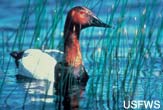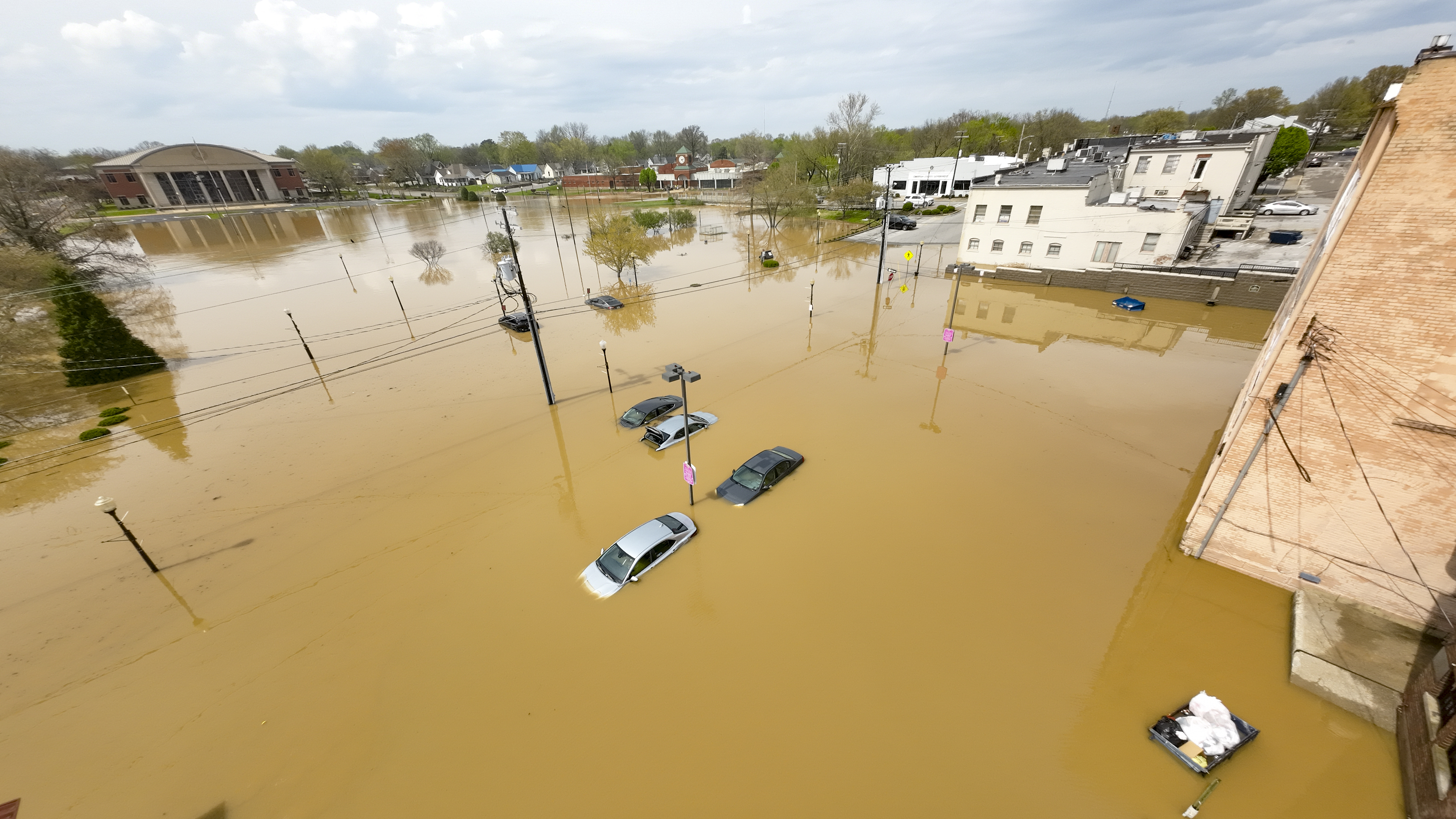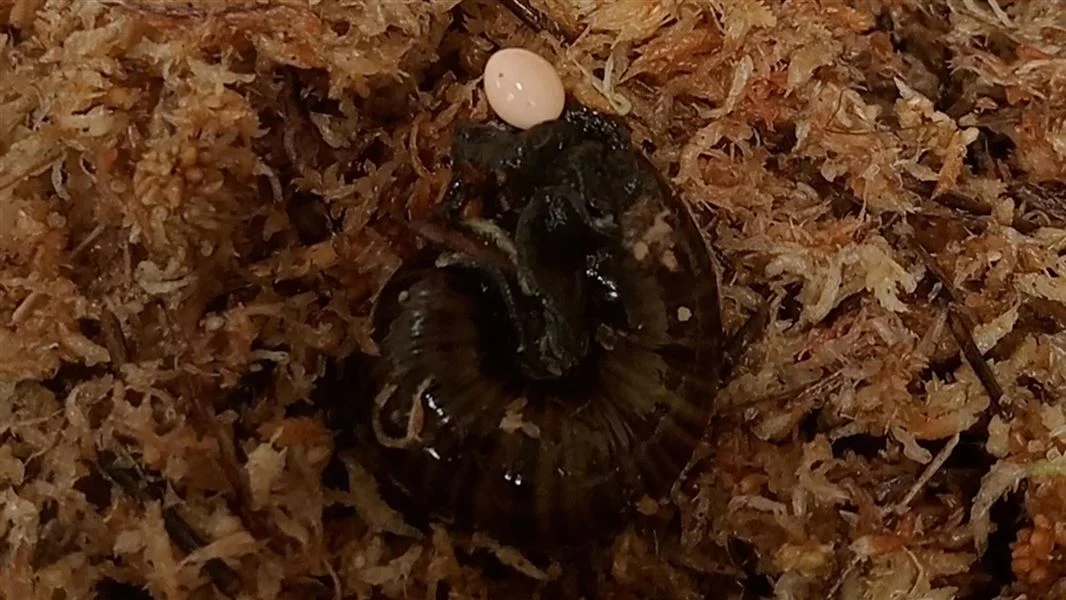Deadly Flu Will Reach U.S., Says Bird Migration Expert

An expert in bird migration patterns said today it is only a matter of time before the avian flu virus reaches the United States and the rest of North America.
No corner of the planet is immune, he said.
"By knowing the migratory patterns of birds and areas where species overlap while traveling between their breeding sites and winter grounds, one can predict precisely where problems will occur," said Thomas Van't Hof, an ornithologist at Wright State University in Ohio.
The avian flu, which has spread from Asia to Europe, has only grudgingly infected humans, killing an estimate 61 people.
But officials fear it may soon morph into a strain that could be passed easily between people. The World Health Organization recently warned that "the world is now in the gravest possible danger of a pandemic."
"The disease will probably end up in Africa this year," Van't Hof told LiveScience. "This is very likely to happen."
It is harder to say when it will hop the Atlantic, he said, but that could happen next year, based on known migration patterns.
Sign up for the Live Science daily newsletter now
Get the world’s most fascinating discoveries delivered straight to your inbox.
The flying flu
Birds migrating south from China likely made contact with species in Bangladesh and Burma that were migrating west through southern India to Turkey, Van't Hof explains. This is how the virus reached Russia and Eastern Europe.
Birds from Europe are now flying south through Turkey. Soon, Africa will be exposed.
Next spring, when infected birds migrate to the Arctic to nest, they will mix with birds from North America, Van't Hof explained.
The virus is carried by waterfowl, which migrate long distances, increasingly the likelihood it will spread around the globe. How quickly it reaches North America will depend on how many infected birds mix with other fowl in nesting areas, and how close the nests are to each other. But eventually, it will spread.
"There is really no populated area of the world that will be immune," Van't Hof said.
Poised to morph
There are many flu strains. The one topping health officials worry list right now is called H5N1.
Most of the cases of human infection by H5N1, dating back to 1997, have involved people who handled infected poultry or touched contaminated surfaces, according to the U.S. Centers for Disease Control and Prevention (CDC).
But officials are now very concerned that it will morph into a variety that can be transmitted easily between people, thus fueling a potential pandemic like one that occurred in 1918, when up to 50 million people died worldwide.
"Because all influenza viruses have the ability to change, scientists are concerned that the H5N1 virus one day could be able to infect humans and spread easily from one person to another," according to a CDC statement. "If the H5N1 virus were able to infect people and spread easily from person to person, an influenza pandemic (worldwide outbreak of disease) could begin."
Watch the skies
The avian flu has shown up in at least 16 countries, killing more than 100 million birds.
Knowing what to expect, and when, should help officials plan for the inevitable, Van't Hof said.
He added that there is a good database of migration patterns available for health officials to study. They can look at specific marshes in the North where species mingle, then find the places those birds will return to when they fly south.
"The more precisely we know the migratory patterns of birds, the better we can predict where exposure will occur," he said. "We can then be better prepared if the virus should mutate to a form that will infect humans."
Currently, there is no vaccine to protect humans from H5N1, but scientists around the world are working on it, the CDC says.
- Bird Flu Pandemic Imminent, Health Official Says
- Scientists Recreate 1918 Flu Virus From Scratch
- Trojan Ducks: One More Possible Flu Carrier
Robert is an independent health and science journalist and writer based in Phoenix, Arizona. He is a former editor-in-chief of Live Science with over 20 years of experience as a reporter and editor. He has worked on websites such as Space.com and Tom's Guide, and is a contributor on Medium, covering how we age and how to optimize the mind and body through time. He has a journalism degree from Humboldt State University in California.










